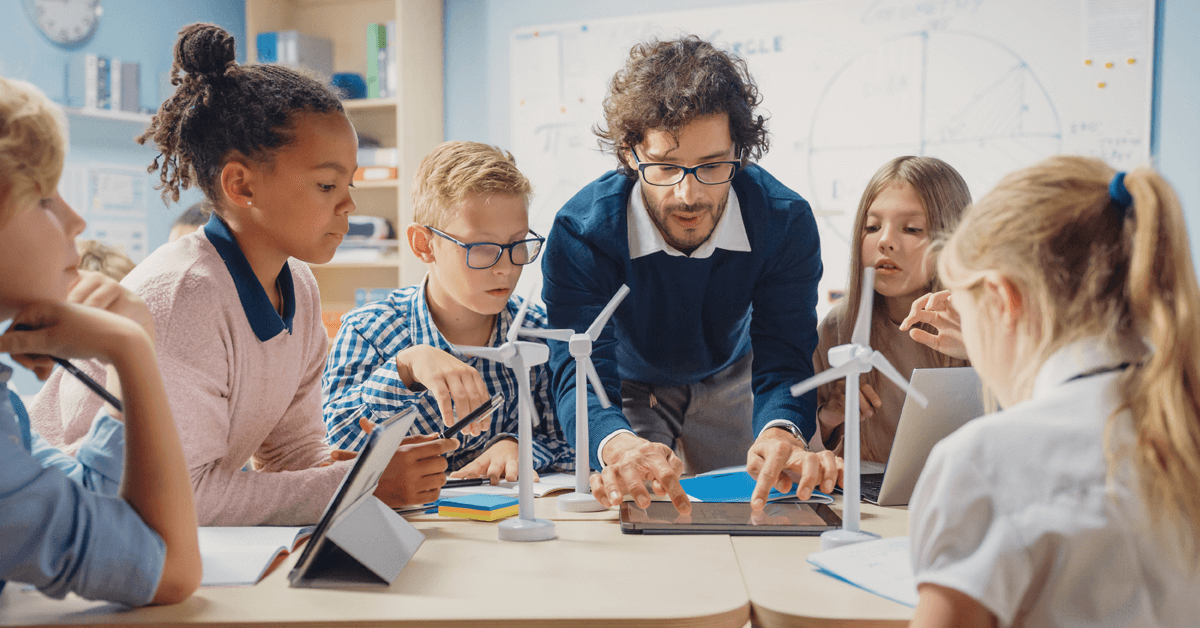When you change the way you look at things, the things you look at change.
Max Planck, Quantum Theorist and Nobel Laureate
This is less an article than it is a call for us to collaborate on developing this idea of learning as a social experience, or as a personal experience that can only happen through our interactions: learning as interconnection. This is a call to re-think assessment, re-think learning in social contexts, not individual terms, re-think learning as a means to contribute. Putting our minds together will show what we can do, together, as a bio-collective.
Here is a story to illustrate my point. A man once needed to cross a wide river to get to his home. He searched for a boat or a bridge but found neither so he constructed a raft out of branches and rope. He used the raft to cross the river and, once on the other side, the man asked himself how he could transport the raft he so painstakingly built. The Buddha approached the man and told him that he should leave the raft there. He no longer needed it.
Most interpretations of the story posit that the…


